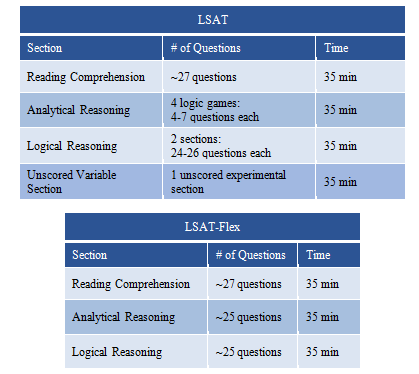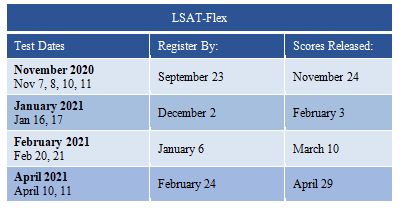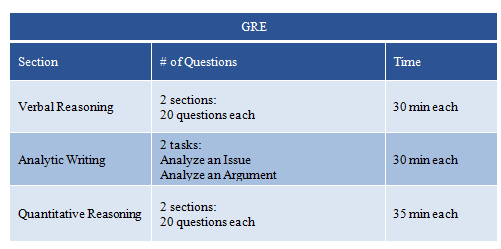 The LSAT has been an integral part of law school admissions since 1948 and is administered up to 150,000 times each year. As a result of the global pandemic of 2020, the LSAT has undergone substantial changes.
The LSAT has been an integral part of law school admissions since 1948 and is administered up to 150,000 times each year. As a result of the global pandemic of 2020, the LSAT has undergone substantial changes.
All in-person LSAT administrations were cancelled during the spring of 2020, and will not be offered through April 2021. Instead, law school applicants can register for a new test called LSAT-Flex, an at-home version administered by the Law School Admissions Council (LSAC). A live proctor uses the test taker’s camera and microphone, and every session is recorded in case a further review is required. Nearly 79,000 LSAT-Flex assessments were completed from its debut in May 2020 through early October.
The new LSAT-Flex has the same three sections as the traditional LSAT, but there is only one Logical Reasoning section instead of two, and the unscored section has been omitted.
In both the LSAT and LSAT-Flex, test takers continue to take the 35-minute LSAT Writing separate from the multiple-choice portion of the exam. This section is open eight days prior to every test administration and test takers can choose their own time and place to complete the writing sample. LSAT-Flex scores will not be released until a writing sample has been submitted.
Scoring and Test Results
The scoring of the LSAT-Flex is based on a raw score – the number of questions answered correctly. This raw score is then converted to an LSAT scale ranging from 120-180. For example, 75-76 correct answers will generate a score of 180 (99th percentile), and Magoosh estimates that you can earn a score of 170 (97th – 98th percentile) or above by getting at least 68 questions correct out of a possible 75-76. The LSAT-Flex score is released about 3 weeks after the administration. The testing year runs from June through May, and your 12 most recent LSAT (or LSAT-Flex) scores will be reported to law schools from the current testing year or the prior five testing years.
Upcoming Test Dates for the LSAT-Flex
Should I Take the GRE Instead of LSAT-Flex?
The LSAT is the only test accepted by all ABA-accredited law schools, but an increasing number accept the GRE instead. Many competitive law schools are among them, including Duke University School of Law, Harvard Law School, and Yale Law School.
When deciding which test is right for you, consider your academic strengths. The biggest difference between the GRE and LSAT-Flex is the inclusion of math (Quantitative Reasoning section). The GRE also heavily tests vocabulary.
Keep in mind that the LSAC advises that “students who want to maximize their chances for admission” should take the LSAT-Flex instead of the GRE. A good starting point is to take a practice test of both and evaluate the necessary test prep that is right for you. Compare the list of law schools to which you will be applying to this list of JD programs that accept the GRE.
* * *
Click here to register for our live presentation, Overview of Law School Admissions, for more information about all aspects of law school admissions on December 2, 2020, at 6 pm EST. Bring your questions!
Explore the upcoming presentations on our website or set up a complimentary consultation to learn about our admissions consulting services. Whatever your question, Collegiate Gateway is happy to help!
Whatever your question, Collegiate Gateway is happy to help!



